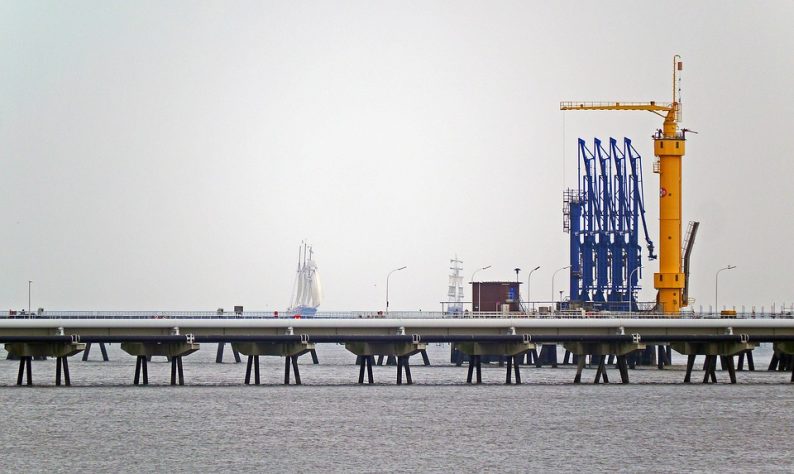Oil prices got a scare on reports that chief economic advisor to President Donald Trump, Gary Cohn is resigning, raising fears that the world is on the brink of an all-out tariff and trade war. Gary Cohn, the former Goldman Sachs banker, is said to be quitting because of his opposition to the steel and aluminum tariffs that President Trump has threatened to put in place.

The fear for oil is that this trade trip up could derail the global demand growth for oil that is at the strongest level we have seen for decades. Oil was also shocked by a report of a big build in U.S. crude supply, as reported by the American Petroleum Institute, but that should be offset somewhat by an even more unexpected gasoline draw. The builds in crude and the drop-in gas though is normal for this time of year as we are in the shoulder season. Refiners must retool, and we must draw down winter blends of gas and build up those summertime blends.
Market Watch reported that the American Petroleum Institute reported that U.S. crude supplies rose 5.7 million barrels for the week ended March 2, according to sources. The API data also showed a decline of 4.5 million barrels in gasoline stockpiles, while inventories of distillates saw a climb of 1.5 million barrels, sources said. Supply data from the Energy Information Administration will be released Wednesday morning. Analysts polled by S&P Global Platts expect the EIA to report a climb of 2.5 million barrels for crude inventories. They also forecast declines of 500,000 barrels for gasoline and 1.6 million barrels for distillate supplies.
Despite trade war fears the story of oil has been in strong demand. While most kept focusing on supply they forget to focus on demand. Bloomberg News writes that “The strength of oil consumption took analysts by surprise last year and played a big role in crude’s recovery to a three-year high in January.” Demand this year could even turn out to be “way in excess” of 2017’s exuberant levels, Khalid al-Falih, the normally cautious energy minister of Saudi Arabia predicts. Data from industries like aviation, shipping and trucking suggest he might be right.
















Leave A Comment